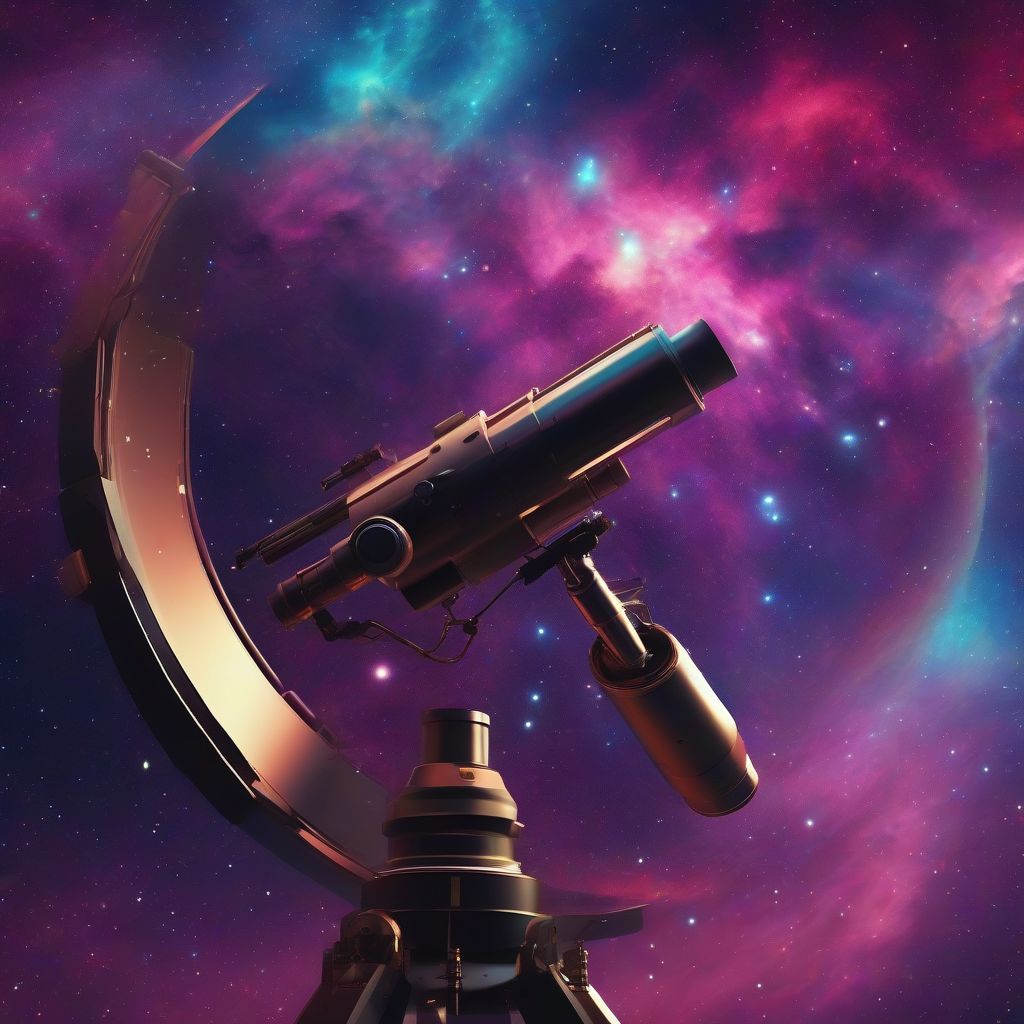Have you ever looked up at the night sky and wondered what’s out there? For centuries, humans have been captivated by the cosmos, and our understanding of the universe has evolved dramatically thanks to advancements in telescope technology. From Galileo’s simple telescope to the James Webb Space Telescope, each new generation of telescopes unveils deeper mysteries and expands our view of the universe in ways we could only dream of before. So, how are these new telescopes changing our cosmic perspective? Let’s delve into this fascinating journey of discovery.
A New Era of Cosmic Discovery
The universe is vast, mysterious, and full of wonders waiting to be uncovered. New telescopes, equipped with cutting-edge technology, are pushing the boundaries of our knowledge and allowing us to peer deeper into space than ever before. These advancements aren’t just about seeing farther; they’re about seeing differently, capturing data across the electromagnetic spectrum, and revealing the universe in ways previously unimaginable.
Seeing the Invisible: Beyond the Visible Light
For a long time, our understanding of the universe was limited to what we could see with our eyes. However, the universe emits radiation across a wide range of wavelengths, most of which are invisible to the naked eye. New telescopes, like the James Webb Space Telescope, are designed to detect infrared light, allowing us to see through dust clouds and observe the formation of stars and planets in unprecedented detail. Other telescopes specialize in detecting X-rays, gamma rays, and radio waves, each revealing different aspects of the cosmos.
Sharper Images: Unveiling Finer Details
Improved optics and larger mirrors in new telescopes provide significantly sharper images, allowing us to resolve finer details in distant galaxies and nebulae. This clarity is crucial for understanding the structure and evolution of these celestial objects, offering insights into the processes that shape the universe. For example, the Hubble Space Telescope has captured breathtaking images of distant galaxies, revealing their spiral arms, star clusters, and even individual stars.
Further into the Past: Observing the Early Universe
Looking deeper into space also means looking further back in time. Light from distant galaxies takes billions of years to reach us, meaning we are seeing them as they were billions of years ago. New telescopes, with their enhanced sensitivity, allow us to observe these distant galaxies and study the early universe, providing clues about its formation and evolution. The James Webb Space Telescope, in particular, is designed to observe the first stars and galaxies that formed after the Big Bang, offering a glimpse into the universe’s infancy.
The Power of Ground-Based Telescopes
While space-based telescopes like Hubble and James Webb offer unique advantages, ground-based telescopes are also undergoing a revolution. New technologies like adaptive optics, which corrects for the distortions caused by Earth’s atmosphere, allow these telescopes to achieve image quality comparable to, and in some cases even exceeding, that of space-based telescopes. Extremely large telescopes, with mirrors tens of meters in diameter, are currently under construction, promising to further expand our view of the universe.
Unveiling Exoplanets: The Search for Life Beyond Earth
One of the most exciting areas of astronomical research is the search for exoplanets – planets orbiting other stars. New telescopes and instruments are designed to detect and characterize these exoplanets, providing insights into their atmospheres, composition, and potential for harboring life. The discovery of thousands of exoplanets has revolutionized our understanding of planetary systems and raised the tantalizing possibility that we are not alone in the universe. As a renowned astrophysicist once hypothesized, “The discovery of life beyond Earth would be the most profound scientific discovery in human history.”
Understanding Dark Matter and Dark Energy: Unraveling the Universe’s Mysteries
The universe is dominated by dark matter and dark energy, mysterious substances that we cannot directly observe. New telescopes are helping us to map the distribution of dark matter and study the effects of dark energy on the expansion of the universe. These investigations are crucial for understanding the fundamental nature of the cosmos and its ultimate fate.
The Future of Space Exploration: Beyond Telescopes
While telescopes remain our primary tool for exploring the universe, other technologies are also contributing to our understanding of the cosmos. Space probes, like the Voyager missions, have ventured beyond our solar system, providing valuable data about the interstellar medium. Robotic missions to other planets and moons are collecting samples and conducting experiments, revealing the diversity of worlds within our own solar system. You can learn more about the role of observatories in space research and how robotics are advancing space exploration missions by visiting our dedicated articles on these exciting topics.
 New Telescopes Expanding Our View of the Universe
New Telescopes Expanding Our View of the Universe
Conclusion
The development of new telescopes represents a giant leap forward in our quest to understand the universe. These powerful instruments are not only expanding our view of the cosmos but also challenging our existing theories and prompting new questions. From observing the first stars and galaxies to searching for life beyond Earth, new telescopes are unveiling a universe far more complex and wondrous than we ever imagined. This continuous pursuit of knowledge is not merely an academic exercise; it’s a testament to our innate curiosity and our desire to understand our place in the grand cosmic scheme.
We encourage you to share your thoughts and questions about this exciting field of discovery. What mysteries of the universe are you most eager to see unveiled? Leave a comment below and join the conversation!



